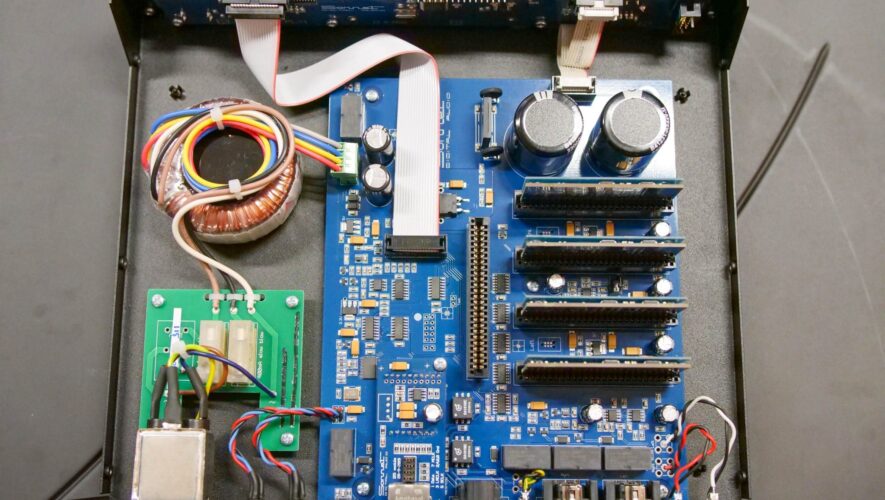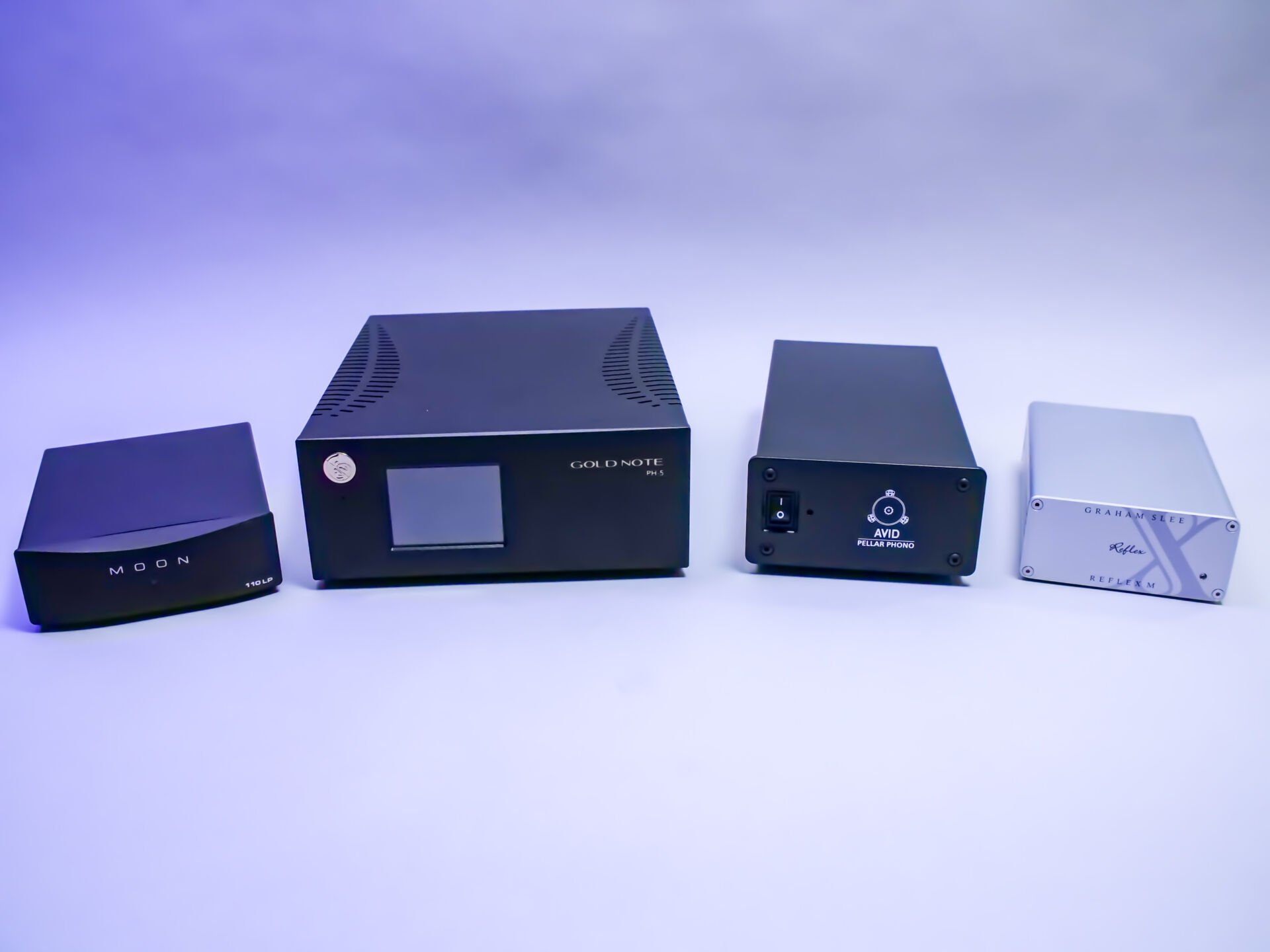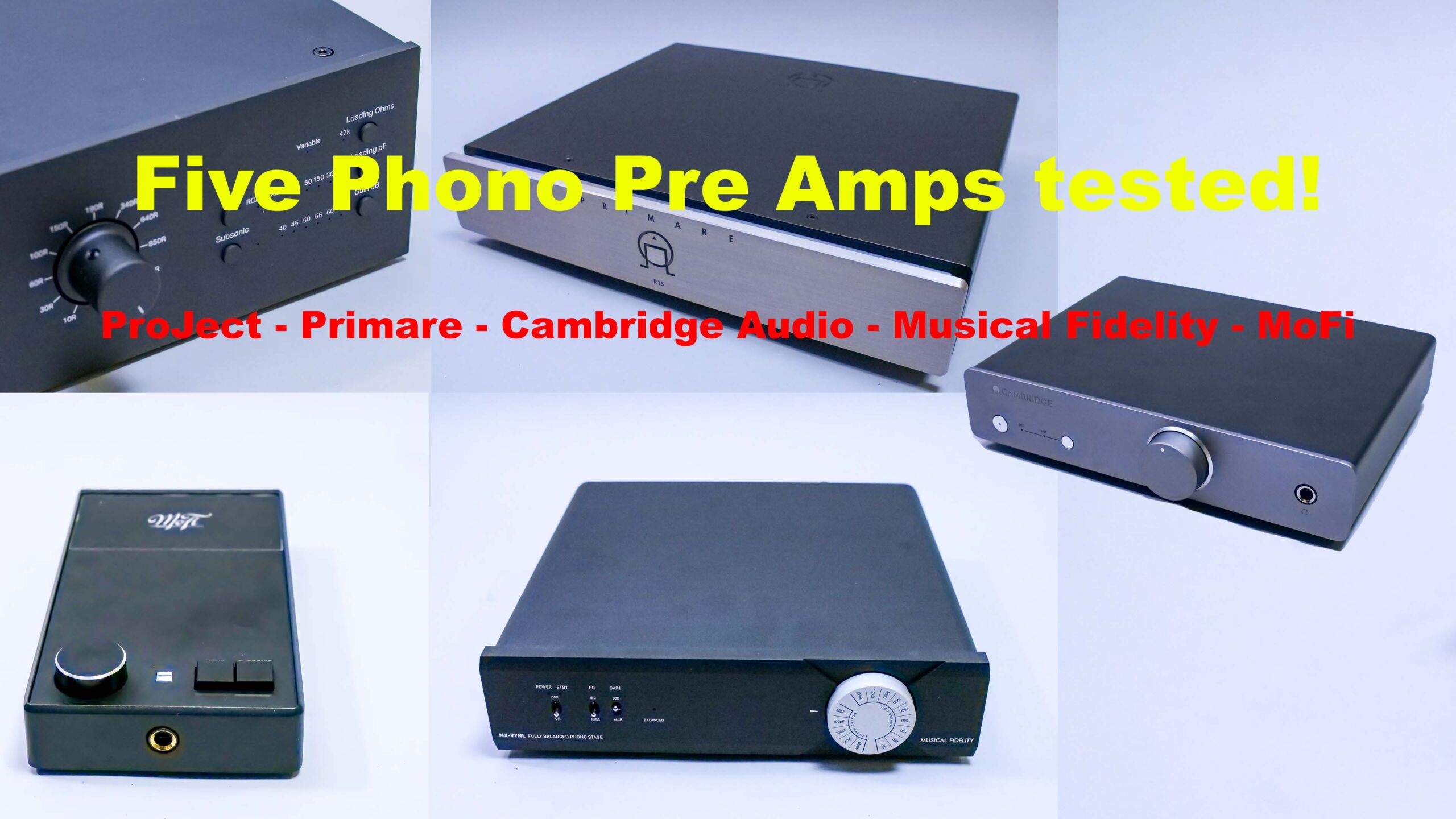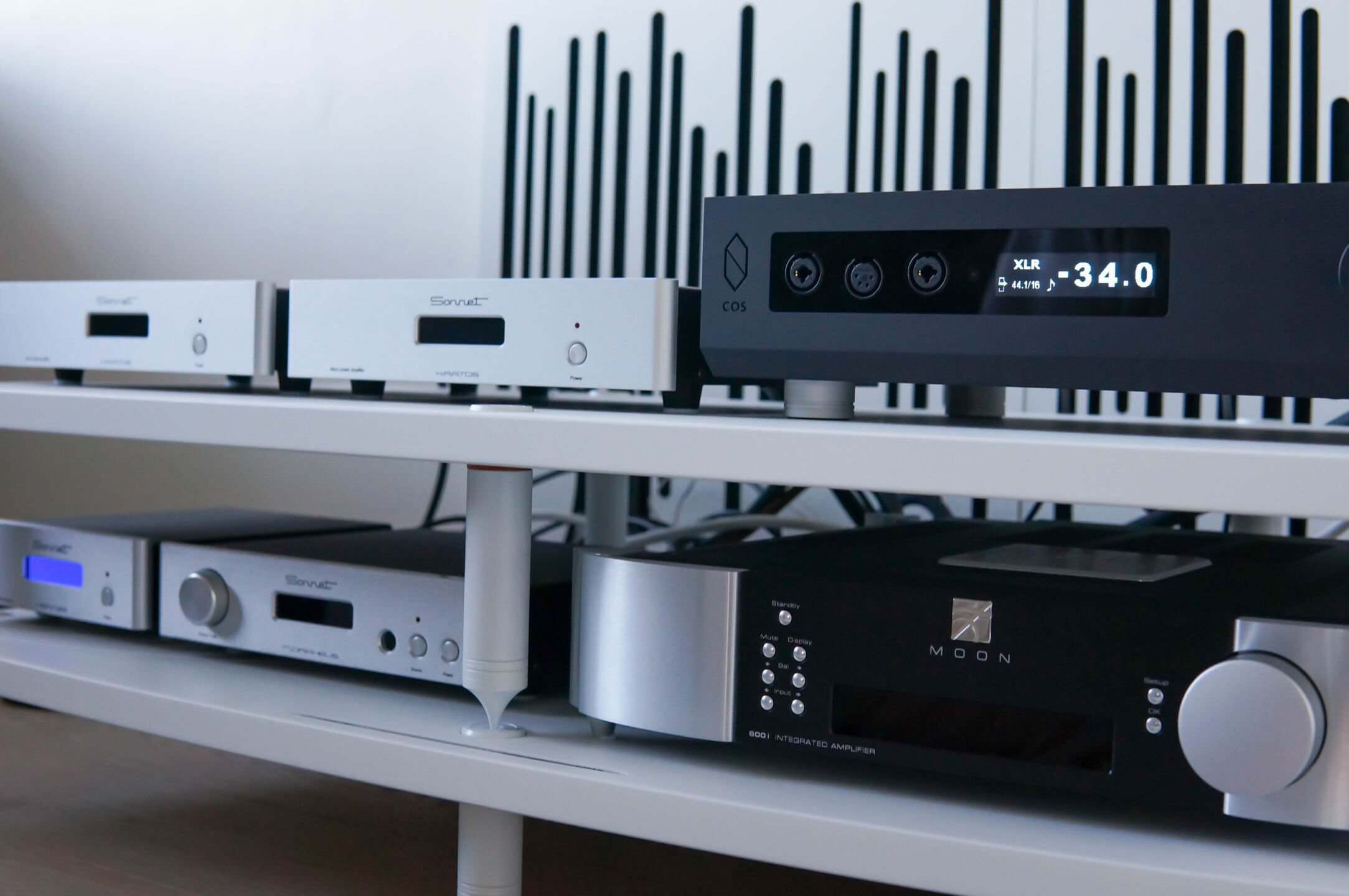

Intro
Contents
Although Sonnet is a new brand in the world of high quality audio, the man behind Sonnet is definitely a well-known one. Cees Ruijtenberg has a rich audio history that goes back to the 80s. Back then, he designed both analog and digital products. Today we are testing the latest creation: the Sonnet Morpheus d/a converter or preamplifier
We have already made a complete review of the Sonnet Morpheus on video. So if you want to know what we think of it, in let’s say, eight minutes. Check out the video. In this review we will go a little more into detail about the sound and features.
The Sonnet Morpheus
Maybe you don’t know Sonnet. That wouldn’t be crazy. But maybe you know Metrum Acoustics… Then know that Cees Ruijtenberg has built this Sonnet on Metrum’s NOS-dac platform. Or better: on the Transient DAC modules (R2R NOS: Non Over Sampling) that can be found in the products of Metrum Acoustics.
The Transient DAC2 modules contain two 16-bit dacs with an fpga in between. The fpga merges the signals from both dacs in the module into one. Now not all 16 bits of these dac-chips are used. Of each dac-chip Cees Ruijtenberg uses 12 bits; the lower four bits are cut off because of the relatively high noise level. One dac takes the top of the spectrum, the other the lower end. The FPGA levels everything neatly (top and bottom of the spectrum) and merges it together to create a complete ‘picture’.
With both dacs combined, the resolution is still 24 bit (two times twelve). So in fact with two DAC2 modules you can convert 24 bit audio to analog. And then you also enjoy the benefits of the ‘silence’ of these chips, because by not using the lower four bits, Ruijtenberg manages to bring the noise floor down considerably.
But we’re not talking about the Transient DAC2 modules. We’re talking about the Sonnet SDA2 modules. And there are not two but four NOS doc chips in there. So, it’s doubled compared to the Transient-module. Basically, Cees Ruijtenberg applies the same trick. However, here the signal paths have become a lot shorter and the overall density is higher. That should improve timing and increase resolution. We’ll come back to that later.
The attentive reader will see that there are four SDA modules in the Morpheus. And four times four is sixteen dac-chips. Just as much as in the Pavane and Adagio. The performance should therefore be about the same. But is that so?
Entrances and exits
On the back of the Sonnet Morpheus we find a similar layout as with the Jade and Onyx of Metrum Acoustics: AES, coaxial, optical, usb. The USB input can be replaced for an I2S module. It is not possible to use both at the same time. Perhaps this will be possible in a newer model.
The remote control of the Morpheus is improved a lot compared to the previous one. Not only is it nicer to use, we also have some extra buttons, which makes it possible to go back and forth with the inputs. Very convenient.
The display on the Morpheus is handy, but frankly not very easy to read from a distance. It can also be of better quality if we are honest. It certainly didn’t bother us while we were listening. So let’s just keep it to that.








Hi,
I read your review of the Sonnet Morpheus and watched your video. One thing you didn’t mention in your review was the bass quantity and quality. How does the bass compare to the adagio and pavane?
Thanks for the nice videos !!!
Thank you for your comment and question. The bass is comparable. Very slight differences. Maybe a bit tighter.
Hi,
I read your review of the Sonnet Morpheus and watched your video. One thing you didn’t mention in your review was the bass quantity and quality. How does the bass compare to the adagio and pavane?
Thanks for the nice videos !!!
Thank you for your comment and question. The bass is comparable. Very slight differences. Maybe a bit tighter.